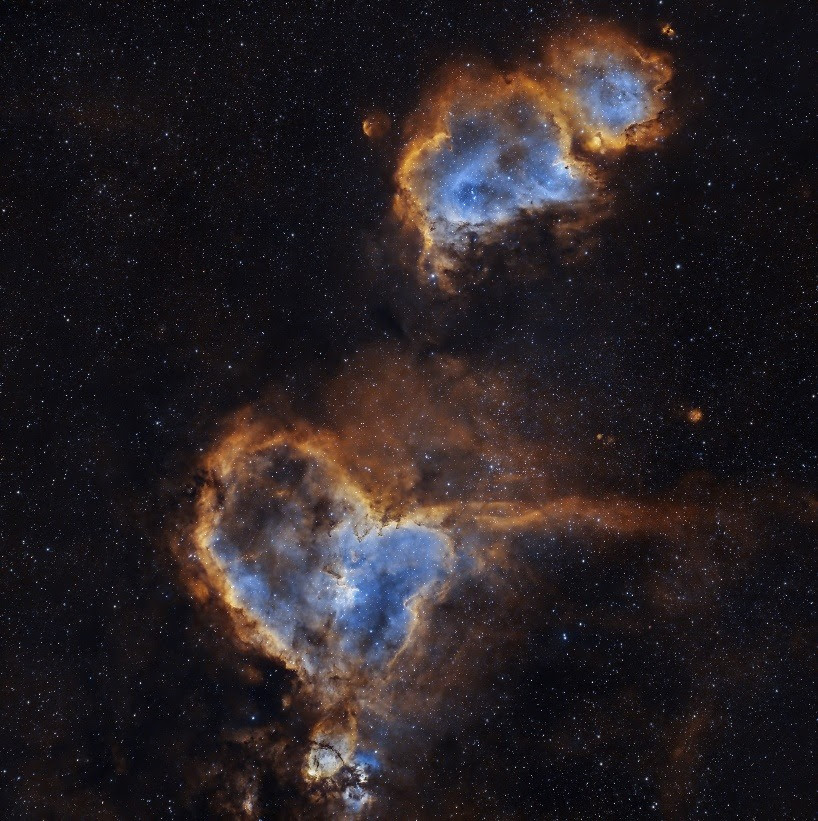
A bizarre photograph captures the moment a secretary bird (Sagittarius serpentarius) closes its third eyelid as it catches a locust midflight. The image is one of the winners of the 2024 Royal Society Publishing Photography Competition, which is run in collaboration with the Royal Photographic Society, and recognizes images showing hidden scientific phenomena in the natural world.
The secretary bird was captured by biologist and photographer Peter Hudson, who was named winner of the ecology and environmental science category.
"Secretary birds are closely related to falcons but have evolved a stork-like mode of life, where they stalk around the savannah and feed on locusts, lizards and amphibians by punching them on the ground," Hudson said in a statement emailed to Live Science. "This bird has just caught a locust, and as it swallows its prey, it synchronously closes its third eyelid, the nictitating membrane, across its eyes to protect them from damage."
Related: Shoebill: The human-sized African bird that eats baby crocodiles and kills its siblings
Secretary birds are large birds of prey — reaching around 4 feet (1.2 meters) in height — with an eagle-like body that sits on long, crane-like legs. They're native to sub-Saharan Africa and, while they can fly, they spend most of their time walking through long grasses looking for food.
Hudson's image reveals the bird's third eyelid, which looks like a blue ball sitting in the eye socket. According to the National Audubon Society, the third eyelid sits beneath the upper and lower lids. It's hinged at the inner side of the eye and moves horizontally across the eyeball to keep it free of dust, wind and hazards — giving the eyelids the nickname "nature's goggles."
An aerial image of four sharks hunting in a school of fish was named overall winner of the competition. It was taken by Angela Albi, a researcher at the Max Planck Institute of Animal Behavior in Germany who studies interactions between sharks and fish.

"Just after sunrise or before sundown, the shallow waters of the Maldives become a clear, see-through surface," she said in the statement. "These are also the moments when we best observe the interactions between reef sharks and their prey. In this frame, captured during a research trip in 2024, a shark on the far left shifts suddenly from swimming calmly within the school to initiating a hunt, its body posture standing out from the others. While we still don't know what triggers these attacks, we analyze videos to study how sharks hunt and how their prey responds collectively."
The winners from the astronomy, earth science and microimaging categories can be seen below.











